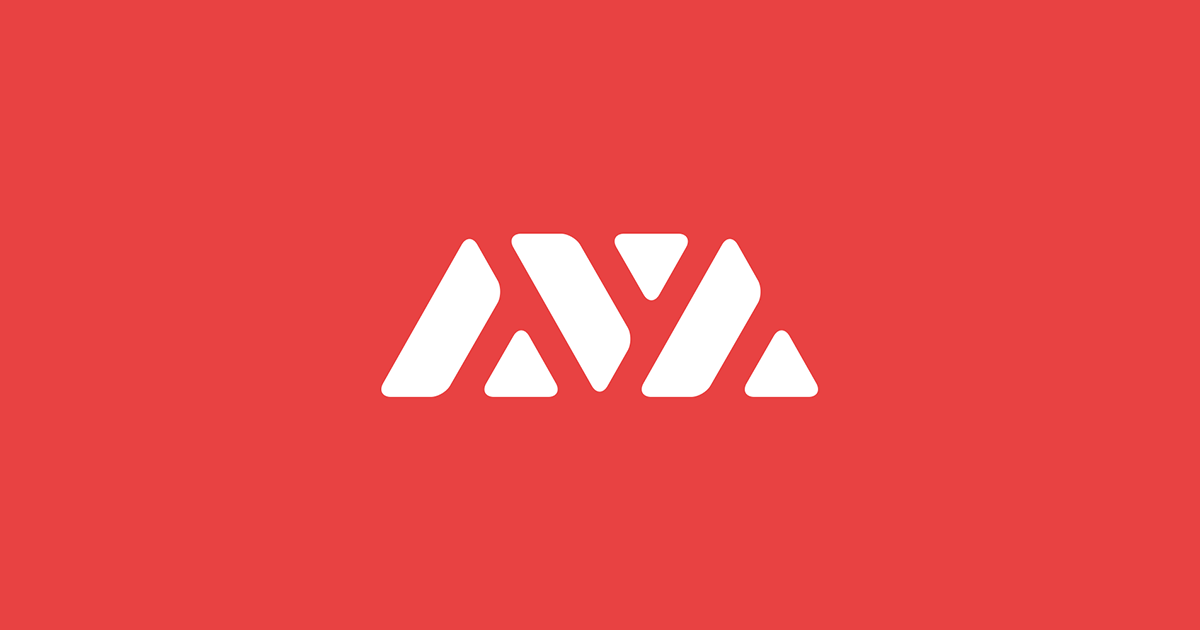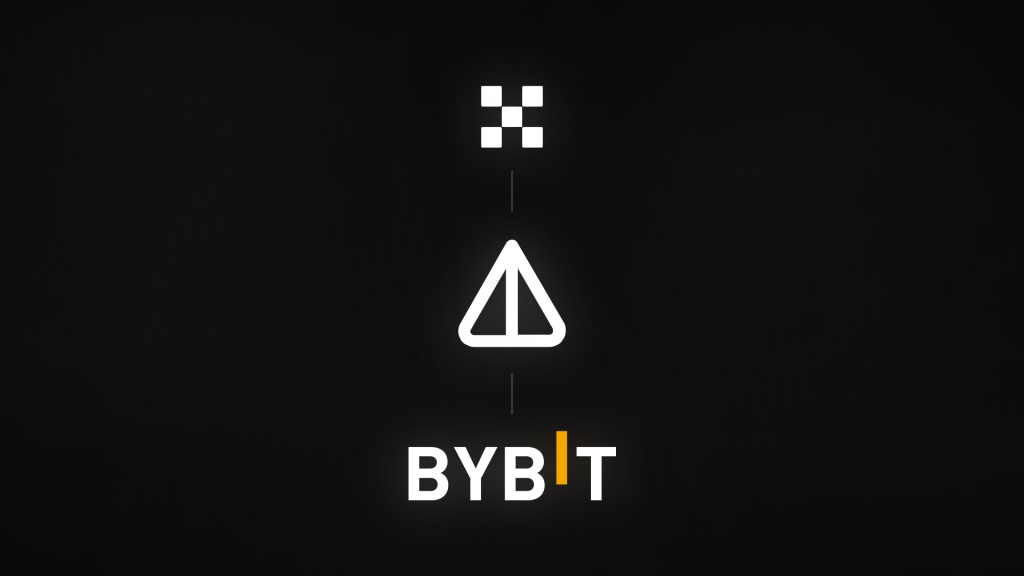Avalanche (AVAX) is a cryptocurrency and blockchain platform that aims to provide a fast, scalable, and secure environment for decentralized applications (dApps) and smart contracts. AVAX is the native token of the Avalanche network, which consists of multiple blockchains and subnetworks that can interoperate with each other and with other blockchains.
What Makes Avalanche Unique?
Avalanche claims to offer several advantages over its competitors, such as Ethereum, in terms of speed, scalability, security, and flexibility. Some of the features that make Avalanche unique are:
- Avalanche Consensus: Avalanche uses a novel consensus mechanism that relies on random sampling of validators to achieve near-instant transaction finality. Unlike traditional proof-of-work (PoW) or proof-of-stake (PoS) systems, Avalanche does not require validators to communicate with the entire network or wait for multiple confirmations. Instead, validators query a small subset of other validators to check for agreement on transactions, and repeat this process until consensus is reached. This allows Avalanche to process thousands of transactions per second with low fees and high security.
- Subnetworks: Avalanche allows users to create and join custom blockchains that can have their own rules, validators, and tokens. These blockchains are called subnetworks or subnets, and they can operate independently or interact with other subnets or external blockchains. Subnets can be public or private, permissioned or permissionless, and can support any type of application or use case. Subnets also enable cross-chain communication and interoperability, as well as scalability and modularity.
- Built-in Blockchains: Avalanche has three built-in blockchains that serve different purposes and functions. The Exchange Chain (X-Chain) is used for creating and exchanging digital assets, such as tokens, NFTs, stablecoins, etc. The Platform Chain (P-Chain) is used for creating and managing subnets, validators, and governance. The Contract Chain (C-Chain) is used for deploying and executing smart contracts written in Solidity, the same programming language used by Ethereum. These blockchains are connected by bridges that allow seamless transfers of assets and data.

How Has Avalanche Performed?
Avalanche launched its mainnet in September 2020 after raising $42 million in a public sale of AVAX tokens. Since then, Avalanche has attracted a lot of attention and adoption from developers, investors, and users who are looking for alternatives to Ethereum’s high fees and congestion.
According to CoinMarketCap, AVAX reached an all-time high of $146.22 on November 21, 2021. However, AVAX also experienced a sharp correction of 16% on August 18, 2023, following a decline in total value locked (TVL) and dApp usage on the Avalanche network.
As of August 19, 2023, AVAX has a market capitalization of $3.7 billion, ranking it as the 18th largest cryptocurrency by market cap. AVAX has a circulating supply of 344 million tokens out of a maximum supply of 720 million tokens. The current price of AVAX is $10.79 per token.
What Are the Prospects for Avalanche?
Avalanche has a lot of potential to become a leading platform for dApps and smart contracts, especially in the fast-growing sectors of decentralized finance (DeFi) and non-fungible tokens (NFTs). Avalanche has already integrated with several popular DeFi protocols, such as Aave, Curve, SushiSwap, and Pangolin, as well as NFT platforms, such as OpenSea and Nifty Gateway. Avalanche also supports the Ethereum Virtual Machine (EVM), which makes it easy for developers to migrate their existing dApps from Ethereum to Avalanche.
Avalanche also has some notable partnerships and collaborations that could boost its adoption and innovation. For example, Avalanche recently announced a partnership with Deloitte, one of the Big Four accounting firms, to improve the security, speed, and accuracy of disaster-relief funding using the Avalanche blockchain. Avalanche also partnered with The Graph, a decentralized protocol for indexing and querying blockchain data, to enhance its data availability and accessibility.
However, Avalanche also faces some challenges and risks that could hinder its growth and development. For instance, Avalanche has to compete with other blockchain platforms that offer similar or better features and performance, such as Ethereum 2.0, Polkadot, Solana, Cardano, and Binance Smart Chain. Avalanche also has to deal with the volatility and uncertainty of the cryptocurrency market, as well as the regulatory and legal issues that affect the blockchain industry.
Conclusion
Avalanche is a promising blockchain platform that aims to provide a fast, scalable, and secure environment for dApps and smart contracts. AVAX is the native token of the Avalanche network, which is used to pay fees, secure the network, and participate in governance. Avalanche has some unique features, such as its consensus mechanism, subnetworks, and built-in blockchains, that differentiate it from its competitors. Avalanche has also integrated with several popular DeFi and NFT protocols, as well as partnered with some influential organizations. However, Avalanche also faces some challenges and risks, such as competition, market volatility, and regulation. Therefore, investors and users should do their own research and due diligence before investing or using Avalanche or AVAX.





